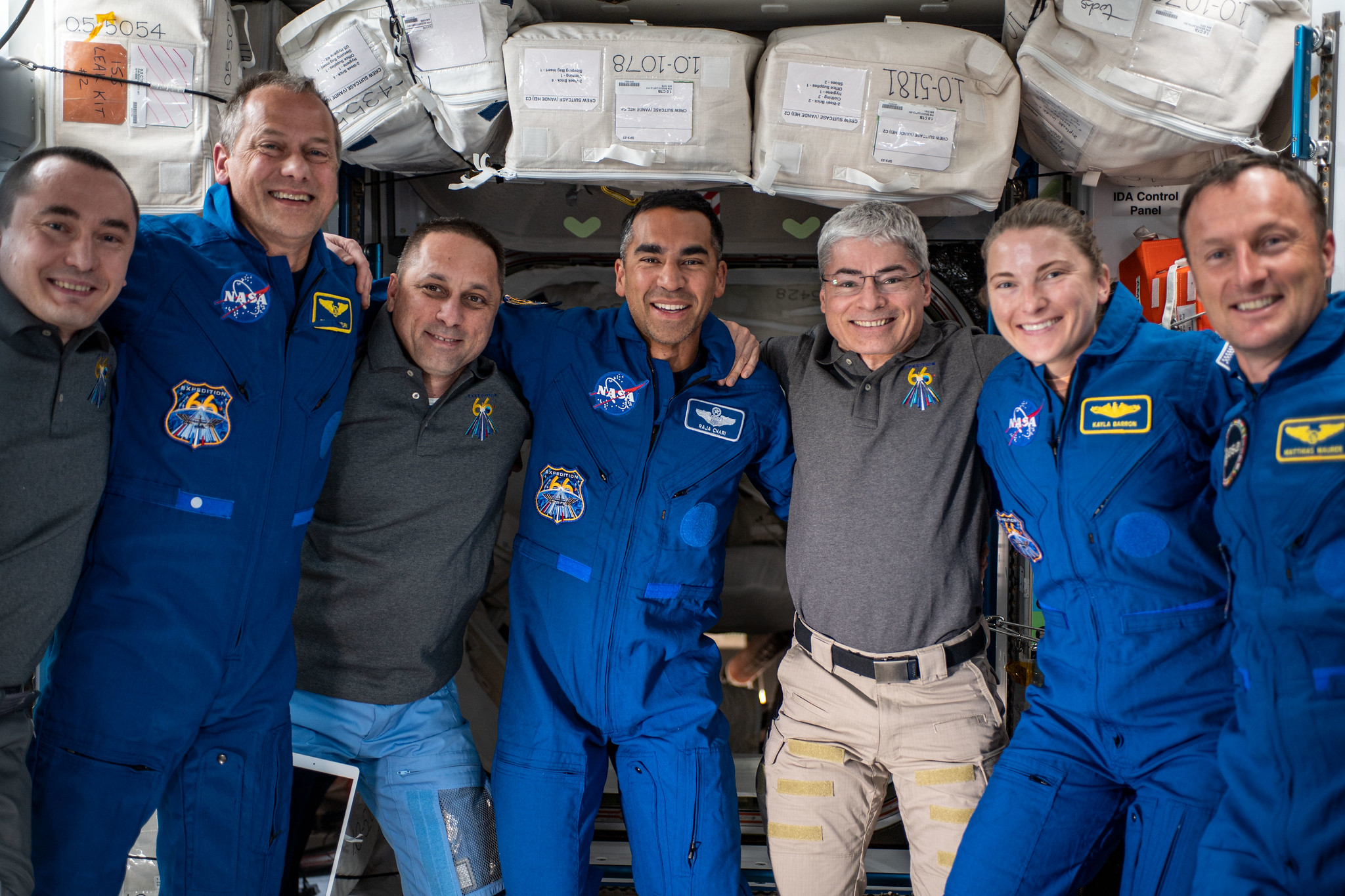
For SpaceUpClose.com & RocketSTEM
CAPE CANAVERAL, FL – The seven humans living aboard the International Space Station (ISS) have been allowed to resume normal operations once again, following the emergency shelter in place actions taken by the multinational crewmates to protect themselves from a hazardous debris cloud created in the stations orbital path following the reckless, unprovoked and very dangerous Anti-Satellite (ASAT) missile test conducted by the Russian military on Monday, Nov. 15 – whereby they fired a ground based missile that intercepted and destroyed an old Soviet-era orbiting military satellite.
“The International Space Station and crew members are safe and have resumed normal operations,” NASA reported in a blog post two days after the ASAT test event forced crewmembers into their Crew Dragon and Soyuz safe haven emergency escape capsules for protective shelter in case they had to rapidly abandon the research outpost on short notice.
“The largest risk from the debris was in the first 24 hours and telemetry from the space station indicates no issues during that time.”
Meanwhile NASA and U.S. Space Command continue to monitor the debris cloud created by the Nov. 15 Russian anti-satellite test.
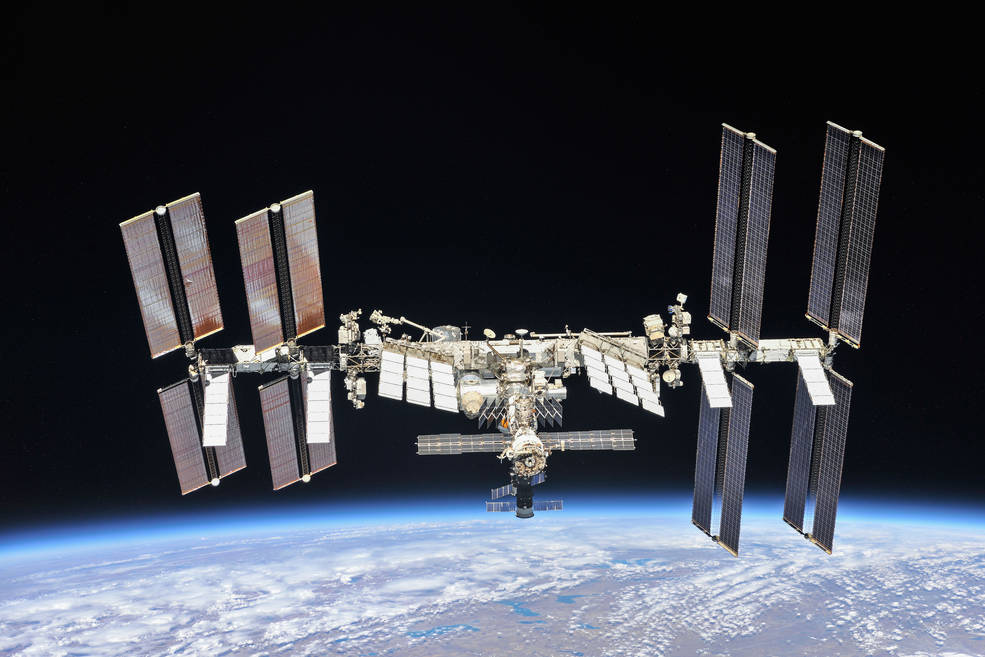
The Russian anti-satellite (ASAT) test utilized a direct-ascent anti-satellite (DA-ASAT) missile launch on Monday, Nov. 15, Moscow time targeting a decommissioned Russian satellite that created a ‘debris cloud’ that resulted in the creation of at least 1500 trackable and dangerous larger space debris fragments as well as hundreds of thousands of smaller new orbiting debris fragments and pieces of what amounts essentially to pieces of space junk that will remain in the orbital environment and pollute Earth orbit space for many years to many decades, says U.S. Space Command.
The target of the Russian military DA-ASAT test was COSMOS-1408, a decommissioned Soviet era military satellite launched in 1982.
The now defunct and decimated COSMOS-1408 satellite reportedly had a mass of about 2,200 kilograms and was last tracked in orbit at about 485 kilometers altitude
COSMOS-1408 had an orbital inclination of about 83 degrees, according to LeoLabs, a highly respected space tracking company, compared to the ISS inclination of about 51 degrees. Therefore the debris cloud can intersect with the ISS about every 90 minutes
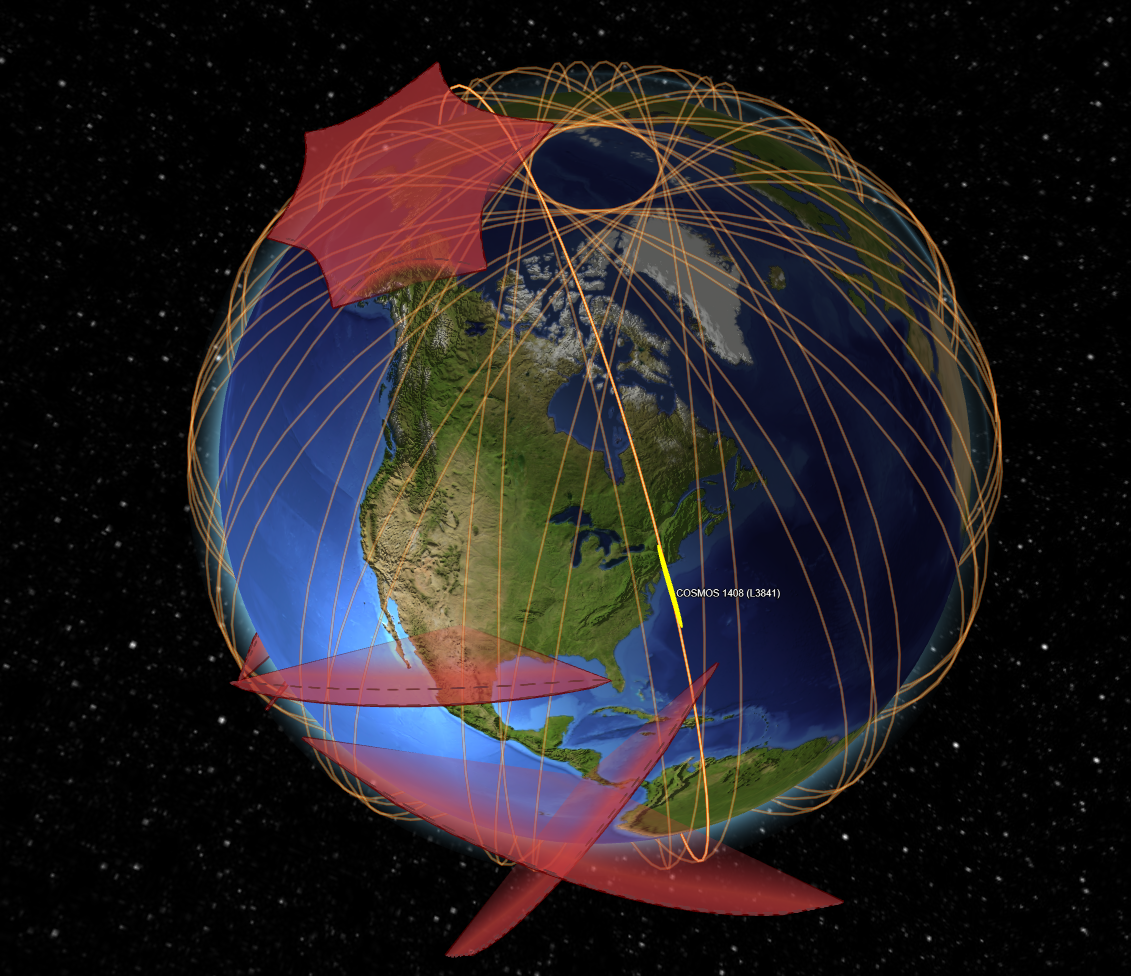
LeoLabs regularly tracks satellites and debris and noticed COSMOS-1408 was ‘missing’ shortly after reports of the Russian DA-ASAT test – replaced by multiple objects or a “multiple headcount” scenario.
“We detected multiple individual objects where we would nominally only expect one object. This was a clear confirmation from us that a breakup had occurred, sadly supporting the reports of the successful ASAT test,” LeoLabs wrote in a detailed analysis days after the ASAT test.
Latest analysis shows 288 debris objects confirmed from #Cosmos1408 breakup. This Gabbard diagram shows the apogee / perigee for 253 of these objects with orbits fit by LeoLabs (real data, not simulated).
Of note, some objects have perigees <420km that cross into #ISS orbit. pic.twitter.com/q4LPMRwBui
— LeoLabs (@LeoLabs_Space) November 17, 2021
Russia’s dangerous and unprovoked action immediately imperiled and potentially endangered the lives of their own two Russian Roscosmos cosmonauts currently serving today aboard the ISS as well as risking the lives of five more NASA and ESA astronauts resident aboard from the U.S. and Germany.
The seven humans are serving aboard the station as members of Expedition 66.
Likewise three Chinese astronauts serving aboard the Chinese Space Station (CSS) were also placed at potential risk.
As a result of the improved safety environment and resumption of normal ISS operations the crew of astronauts and cosmonauts was told they could reopen the radial hatches extending out from the center to all the radial modules on the football field sized station – namely Columbus, Kibo, the Permanent Multipurpose Module, Bigelow Expandable Activity Module, and Quest Joint Airlock.
The go ahead for radial hatch reopening was given at about 1:20 a.m. EST, Nov. 17.
Hatches between the U.S. and Russian segments had remained open, said NASA.
Shortly after the ASAT test NASA mission control woke the astronauts from their sleep around 2 a.m. EST. All seven ISS crewmembers were instructed by their responsible mission control teams to shelter in place in their respective Crew Dragon and Soyuz capsule for their own safety. They remained inside about two hours.
No debris avoidance maneuver was performed.
The Crew-3 quartet from the US and Germany had only arrived at the ISS days ago last Thursday, Nov. 11 after launching aboard the SpaceX Crew Dragon Endurance spacecraft from KSC last Wednesday evening, Nov. 10.
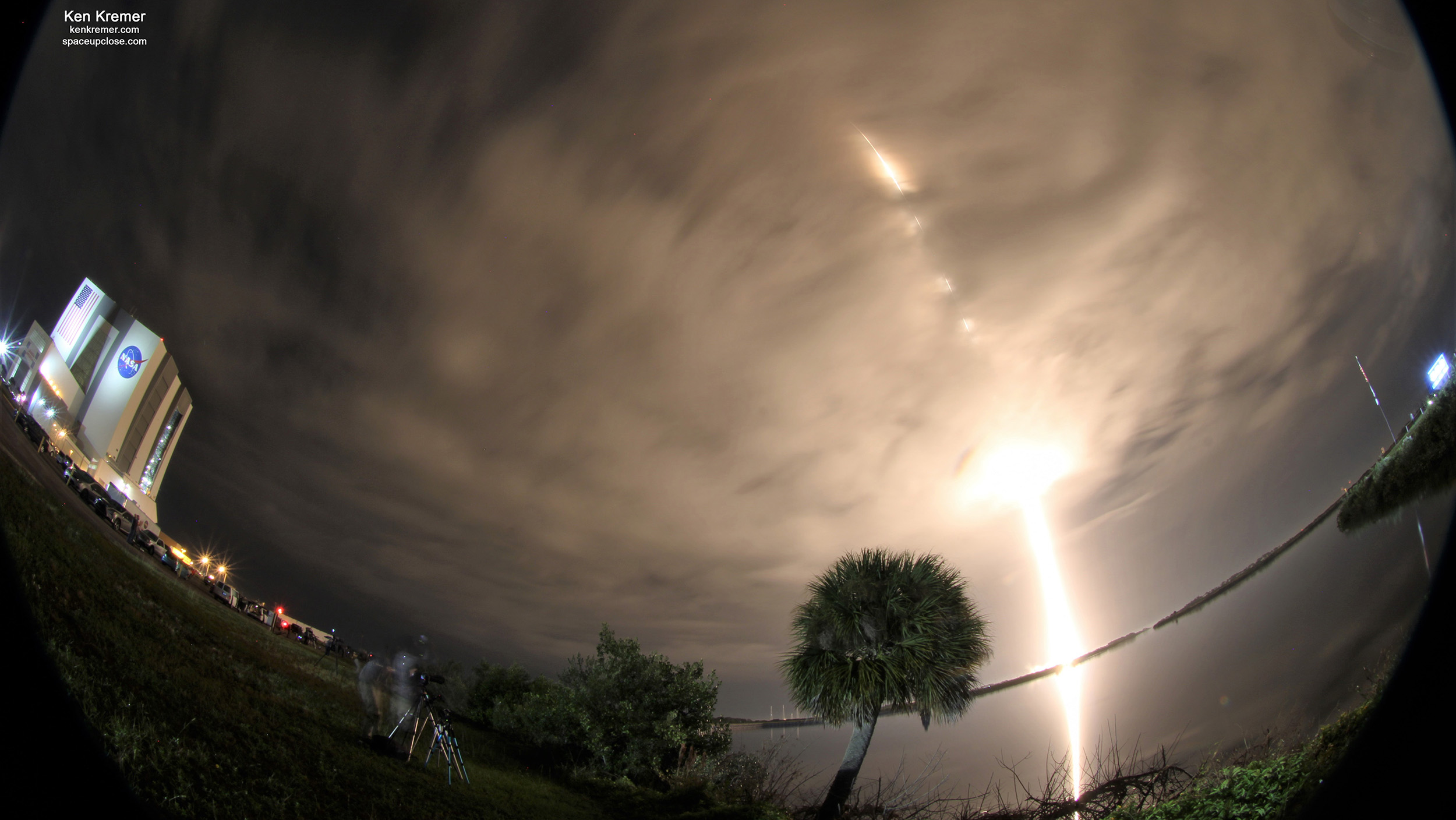
Crew-3 is comprised of NASA astronauts Raja Chari, Tom Marshburn, Kayla Barron, and ESA (European Space Agency) astronaut Matthias Maurer.
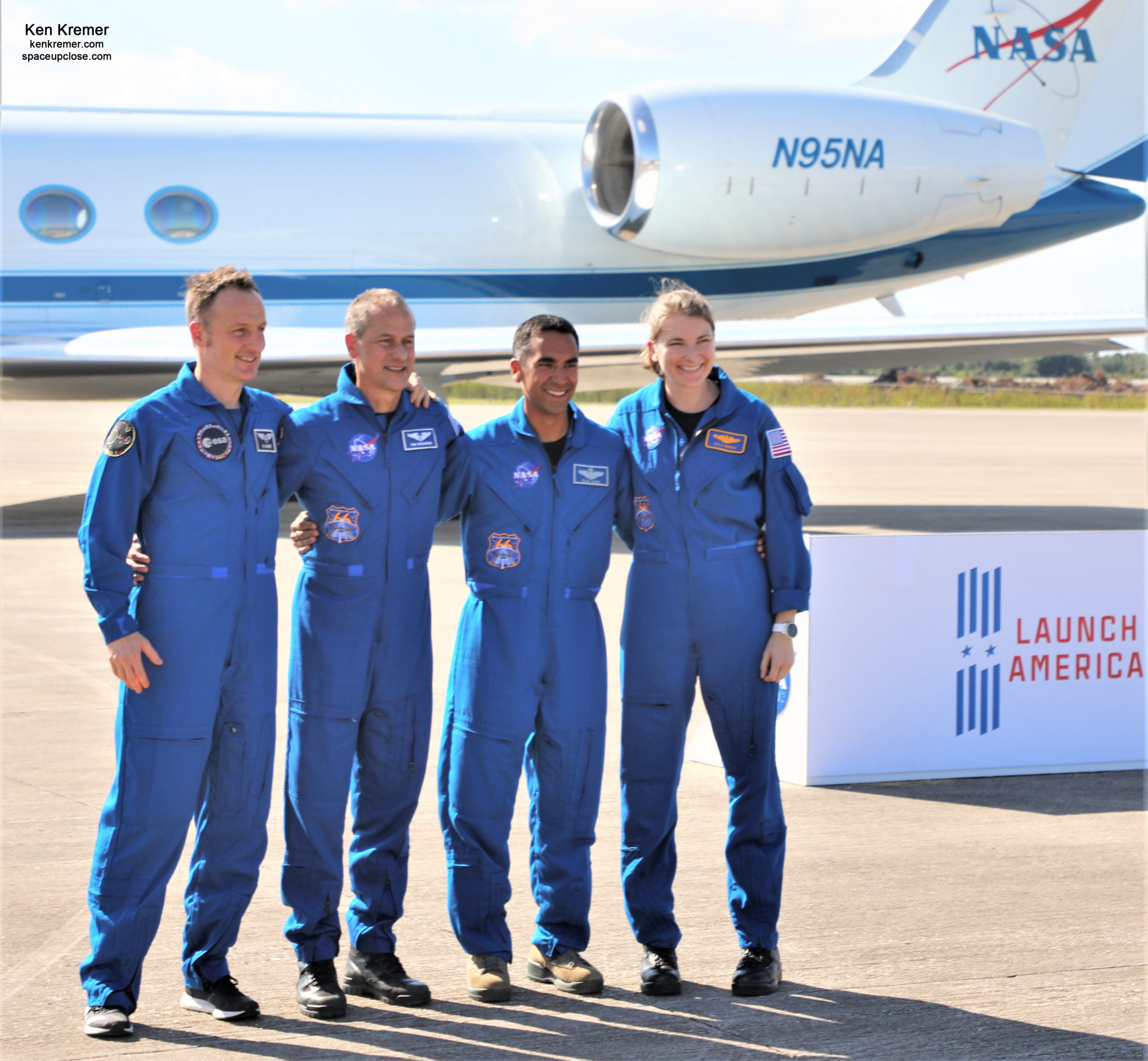
The remaining 3 crewmembers include NASA Astronaut Mark Vande Hei as well as Russian cosmonauts Pyotr Dubrov and Anton Shkaplerov, commander of the ISS Expedition 66 crew. They sheltered in place inside their Russian Soyuz spacecraft.
“I’m outraged by this unconscionable action,” said NASA Administrator Bill Nelson. “With its long and storied history in human spaceflight, it is unthinkable that Russia would endanger not only the American and international partner astronauts on the ISS, but also their own cosmonauts.
“Their actions are both reckless and dangerous, not even to speak of the threat to the Chinese space station and the taikonauts on board,” Nelson said. “All nations have a responsibility to prevent the purposeful creation of space debris from ASATs and create a safe, sustainable space environment.”
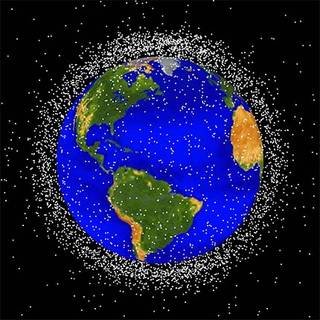
Space Command tracks space debris “and conjunction analysis is performed by NASA, with mitigations available for debris clouds and individual conjunction threats (such as debris avoidance maneuvers). If orbital debris were to strike the station and cause an air leak, the crew would close hatches to the affected module. If crew members do not have time to close the affected module, they would enter their respective spacecraft and, if necessary, undock from the space station to return to Earth,” NASA elaborated.
“This debris cloud that was just created has increased the risk to the station. The cataloging of the total number of identifiable pieces of debris is ongoing. Once the debris cloud is dispersed and items are tracked and catalogued, NASA will receive notifications of potential conjunction threats to the station and perform maneuvers as necessary. In addition, NASA will continue to perform visual inspections and review telemetry data to ensure vehicle health.”
“Teams are assessing the risk levels to conduct various mission activities. Any changes to launches, spacewalks, and other events will be updated as needed.”
Even small pieces of orbiting space junk and objects only a few inches or so wide are dangerous because they are moving at a velocity of 17,500 MPH (5 miles/sec).
According to NASA that’s almost seven times faster than a bullet.
That generates a tremendous force. It’s like a powerful sledge hammer smashing into brittle glass.
Since they are moving so quickly, “a tiny piece of orbital debris can cause a lot of damage. A piece of debris the size of a marble could hit as hard as a bowling ball going 300 miles per hour.”
There are apparently no international treaties regulating or governing ASAT tests.
Beyond the ISS virtually all Earth orbiting satellites are endangered by the continuing and now vastly increased risk posed from orbiting destructive debris fields
Thus includes a tremendous variety of science satellites like the Hubble Space Telescope and others, as well as Earth mapping, communications, weather, environmental monitoring, GPS navigation, military satellites and so much more.
Also banking, ATM, cash and and credit card purchases here on Earth could be disrupted.
The list is endless for what potential disruptions caused by ASAT tests, space weaponization or worse yet war in space knocking out vital relay and surveillance satellites
The ISS occasionally has to be moved to avoid debris from prior ASAT test as well as normal space launches.
The most recent ISS thruster firing to maneuver out of the path of threatening objects took place last week when it performed a debris avoidance maneuver.
Watch Ken’s continuing reports about SpaceX Crew and Cargo Dragons, Artemis, SLS, Orion and NASA missions, Lucy Asteroid mission, Blue Origin and Space Tourism, SpaceX Starlink, Commercial Crew and Starliner and Crew Dragon and onsite for live reporting of upcoming and recent SpaceX and ULA launches including Crew 1 & 2 & 3, ISS, Solar Orbiter, Mars 2020 Perseverance and Curiosity rovers, NRO spysats and national security missions and more at the Kennedy Space Center and Cape Canaveral Space Force Station.
Stay tuned here for Ken’s continuing Earth and Planetary science and human spaceflight news: www.kenkremer.com –www.spaceupclose.com – twitter @ken_kremer – email: ken at kenkremer.com
Dr. Kremer is a research scientist and journalist based in the KSC area, active in outreach and interviewed regularly on TV and radio about space topics.
………….
Ken’s photos are for sale and he is available for lectures and outreach events
Please consider supporting Ken’s work by purchasing his photos and/or donating at Patreon:
https://www.patreon.com/kenkremer
x



